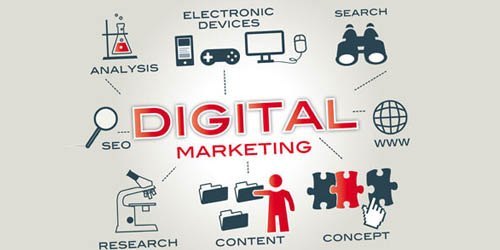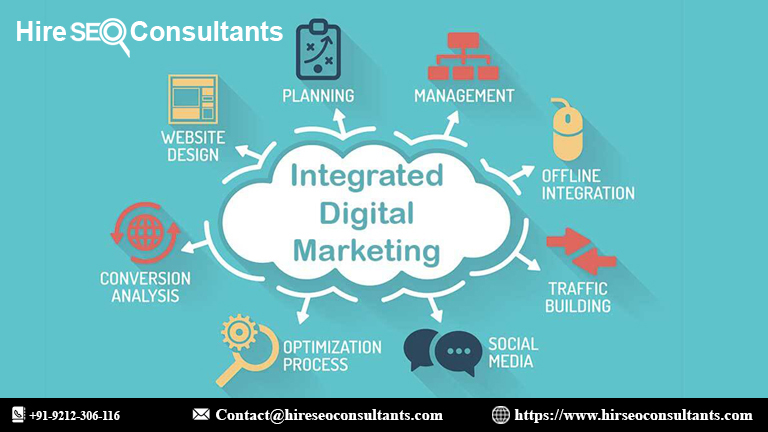The Future of Cardiac Health: How Remote Monitoring is Revolutionizing Patient Care
Explore how remote monitoring is transforming cardiac care, enabling real-time insights, early detection, and improved outcomes for heart health patients.

The healthcare industry is undergoing rapid transformation, particularly in the management of chronic conditions like heart disease. With the rise of digital health technologies, remote patient monitoring (RPM) is revolutionizing the standard of cardiac care. These advancements have not only improved patient outcomes but have also reshaped how healthcare providers manage and monitor heart conditions. Companies like Biotricity are at the forefront of this movement, offering remote health monitoring solutions that make heart health management more efficient, accessible, and personalized.
The Rise of Remote Patient Monitoring in Cardiac Care
Traditionally, managing heart conditions requires frequent visits to healthcare providers for check-ups, tests, and monitoring. This approach is inconvenient for patients and delays in follow up can prolong detection of critical issues. With RPM technologies, like continuous ECG devices, heart activity is monitored in real-time, providing both patients and providers with up-to-date information without the need for regular office visits. For patients with chronic heart conditions such as an arrhythmia or heart failure, continuous monitoring is invaluable. Real-time data allows healthcare providers to promptly adjust treatment plans, ensuring that issues are addressed before they escalate. The ability to use a rhythm monitor continuously reduces the risk of missing irregularities that might be overlooked during routine office visits.
Real-Time Data for Proactive Care
One of the most impactful benefits of continuous ECG monitoring is its provision of real-time data. Unlike traditional ECGs that capture heart activity for a short period, continuous monitoring provides an uninterrupted stream of information. This empowers patients and healthcare providers by providing a constant and accurate view of heart health.
Having immediate access to this data gives patients peace of mind, knowing that any irregularities or abnormalities can be detected right away. Healthcare providers are able to track patterns and trends over time, enabling proactive care with early interventions. This approach, facilitated by rhythm heart monitor devices, helps doctors detect potential heart issues before they become serious.
Early Detection and Intervention
Cardiovascular diseases are difficult to diagnose as symptoms may occur intermittently and patients may not experience symptoms, especially in early stages of the disease. Many heart conditions, such as arrhythmias, can go undetected during routine office visits because they may not show up during the limited time a patient is connected to an ECG machine. Continuous ECG monitoring addresses this by continuously capturing heart activity and identifying abnormalities in real-time.
Early detection enables timely intervention, whether through medication, lifestyle changes, or more advanced procedures, potentially preventing life-threatening events. Continuous monitoring also allows healthcare providers to make data-driven decisions and tailor treatments to a patient’s specific needs, ensuring the best possible care.
Empowering Patients with Control Over Their Health
Continuous ECG monitoring not only supports healthcare providers but also empowers patients by giving them control over their health. Devices like Biotricity's Bioheart allow patients to track their heart’s activity continuously. This constant feedback helps patients understand how their heart responds to various factors like stress, physical activity, and sleep. Moreover, this constant feedback can motivate patients to make healthier choices and adjust their lifestyle habits to support heart health.For example, if a patient notices their heart rate increasing during stressful moments, they can take immediate action, such as using relaxation techniques or adjusting their routine to reduce stress. This sense of empowerment encourages patients to feel more in control of their health, which can improve overall well-being and increase adherence to treatment plans.
The Role of Data Integration in Cardiac Health
Beyond real-time monitoring, continuous ECG devices can integrate with electronic health records (EHR), providing healthcare providers with a holistic view of a patient’s health. By combining ECG data with other medical information, like blood pressure or cholesterol levels, doctors can develop more comprehensive, personalized care plans. This integration ensures that healthcare providers have a full picture of a patient’s health, making it easier to track the effectiveness of treatments, adjust care plans, and predict future health risks.
Improving Health Outcomes Through Remote Monitoring
The benefits of continuous ECG monitoring extend far beyond individual patients. By reducing the need for frequent in-office visits and enabling quicker interventions, remote patient monitoring technologies lower healthcare costs and improve system efficiency. Healthcare providers can manage larger patient populations, especially those with chronic conditions requiring ongoing care, without overwhelming the healthcare system. Moreover, continuous ECG monitoring can significantly reduce the incidence of heart attacks, strokes, and other cardiovascular events, leading to better patient quality of life and less strain on healthcare resources.
Conclusion
As remote patient monitoring technologies continue to advance, they promise to transform cardiac care by providing real-time, personalized monitoring for heart health. Continuous ECG devices, like Biotricity's Bioheart, offer a proactive, data-driven approach to managing heart conditions, empowering patients and healthcare providers alike. By detecting heart issues earlier, preventing life-threatening events, and enabling tailored treatments, these innovations represent the future of cardiac health—one where early detection, better care, and improved patient engagement lead to healthier lives and a more efficient healthcare system.
Get in touch with us if you're looking for remote health monitoring solutions or rhythm monitors for heart health. Learn more by visiting our website, www.biotricity.com.
What's Your Reaction?

















